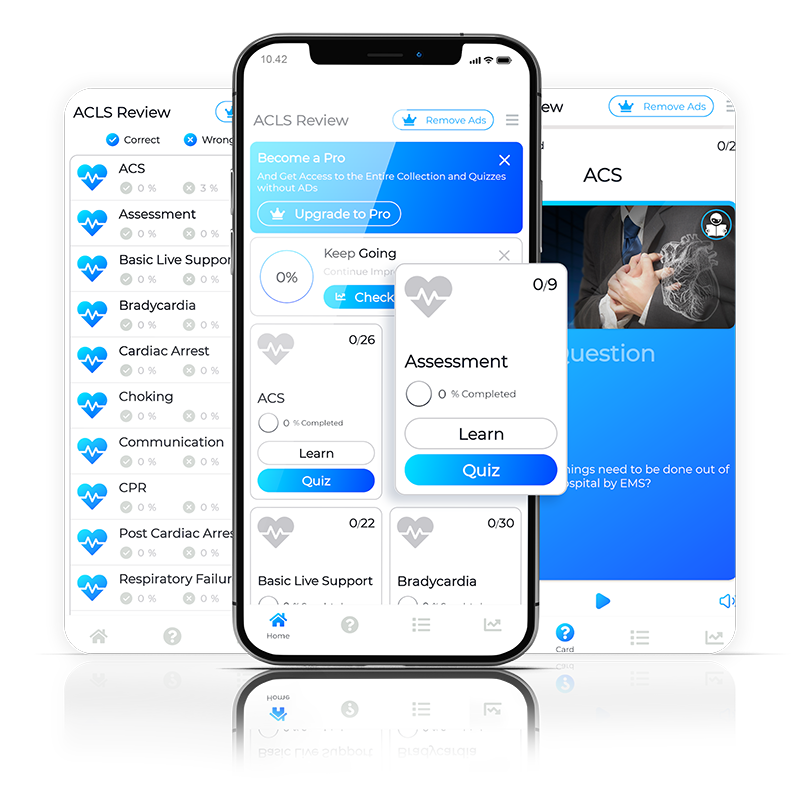acls algorithm
acls algorithm
Blog Article
http://aclsstudyguide.com
The Advanced Cardiovascular Life Support (ACLS) algorithm serves as a critical framework for healthcare professionals in emergency situations involving cardiac events. It is essential for doctors to be well-acquainted with these algorithms as they provide a systematic approach to managing various cardiac emergencies, including cardiac arrest, arrhythmias, and acute coronary syndrome. Each algorithm is designed to guide the clinician through a series of evidence-based interventions that can significantly improve patient outcomes.
At the core of the ACLS algorithm is the recognition of the need for immediate intervention in cases of cardiac arrest. The Basic Life Support (BLS) principles, including early recognition of cardiac arrest and prompt initiation of high-quality cardiopulmonary resuscitation (CPR), lay the foundation for effective care. Following the BLS steps, the ACLS algorithm emphasizes the importance of early defibrillation for patients experiencing shockable rhythms, such as ventricular fibrillation and pulseless ventricular tachycardia. The application of these algorithms ensures that medical professionals act swiftly and efficiently, maximizing the chances of survival.
In cases of non-shockable rhythms, such as asystole or pulseless electrical activity (PEA), the ACLS algorithm directs physicians to focus on high-quality CPR and the administration of epinephrine. The timing and dosage of epinephrine are crucial, as they must be administered every three to five minutes during resuscitation efforts. Furthermore, the algorithm encourages the identification and treatment of reversible causes of cardiac arrest through the "H's and T's," which include hypovolemia, hypoxia, hydrogen ion (acidosis), hyperkalemia, hypothermia, tension pneumothorax, cardiac tamponade, toxins, and thrombosis. Addressing these factors can lead to improved chances of return of spontaneous circulation (ROSC).
For patients experiencing acute coronary syndrome, the ACLS algorithm provides a comprehensive approach to assessment and treatment. This includes the administration of aspirin, nitroglycerin, and, when indicated, anticoagulants and thrombolytics. The algorithm also stresses the importance of rapid transport to a facility capable of providing advanced cardiac interventions, such as percutaneous coronary intervention (PCI). Timely intervention in these cases is essential here to minimize myocardial damage and improve long-term outcomes for patients.
Finally, the ongoing education and training in the ACLS algorithms are paramount for all healthcare providers involved in emergency medicine. Regular simulations and hands-on practice ensure that medical professionals remain proficient in their knowledge and skills. The complexity of cardiac emergencies requires a coordinated and practiced response, and familiarity with these algorithms can be the difference between life and death for patients in critical situations. Emphasizing this knowledge within the medical community ultimately enhances the standard of care delivered to patients experiencing cardiovascular emergencies.